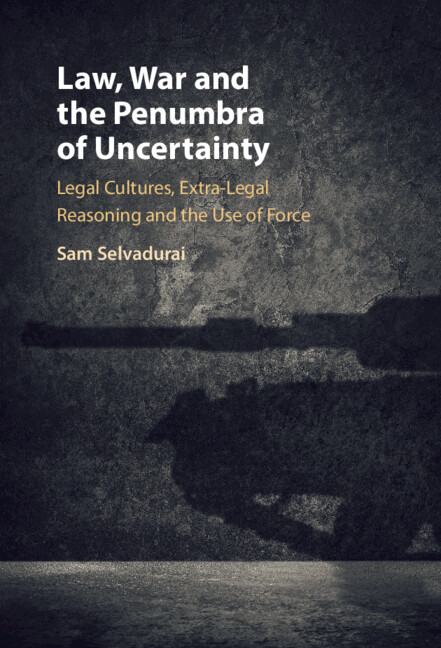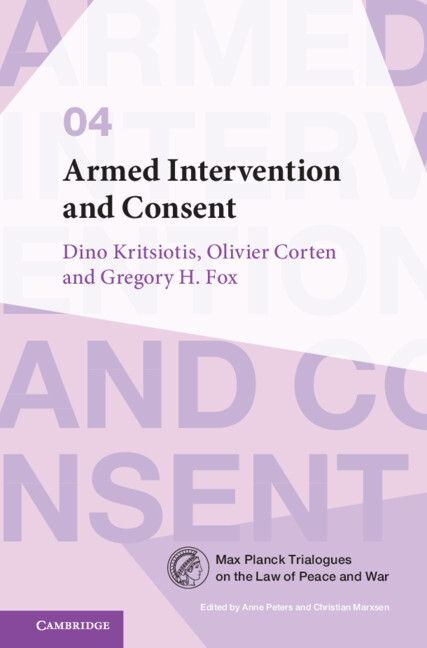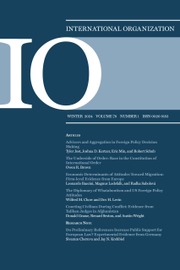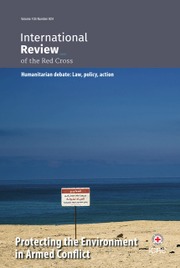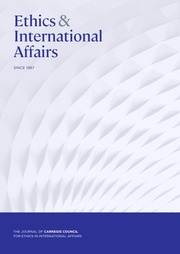Prohibited Force
Prohibited 'use of force' under article 2(4) of the UN Charter and customary international law has until now not been clearly defined, despite its central importance in the international legal order and for international peace and security. This book accordingly offers an original framework to identify prohibited uses of force, including those that use emerging technology or take place in newer military domains such as outer space. In doing so, Erin Pobjie explains the emergence of the customary prohibition of the use of force and its relationship with article 2(4) and identifies the elements of a prohibited 'use of force'. In a major contribution to the scholarship, the book proposes a framework that defines a 'use of force' in international law and applies this framework to illustrative case studies to demonstrate its usefulness as a tool for legal scholars, practitioners and students. This title is also available as Open Access on Cambridge Core.
- Explains how the customary prohibition of the use of force emerged and its relationship with article 2(4) of the UN Charter
- Provides an original framework for defining a prohibited 'use of force' including a detailed and systematic analysis of its elements
- Uses a range of illustrative case studies that demonstrate the validity of the theory in real-world practice
Reviews & endorsements
‘Erin Pobjie’s Prohibited Force is an extraordinary book. Its combination of theoretical sophistication and empirical rigor is both striking and rare. … I expect to return to [the early chapters] often. … I have learned so much from Pobjie’s outstanding book.’ Adil Ahmad Haque, Professor of Law and Judge Jon O. Newman Scholar at Rutgers Law School, author of Law and Morality at War (OUP, 2017)
‘For me, there is no question that Prohibited Force is the most detailed and sophisticated treatment of the meaning of ‘use of force’ conducted to date … It is a major addition to our toolkit for understanding what is, after all, a cornerstone rule of international law.’ James A. Green, Professor of Public International Law at the University of the West of England, Bristol, UK , co-rapporteur of the International Law Association’s Committee on the Use of Force and a former editor-in-chief of the Journal on the Use of Force and International Law. Author of Collective Self-Defence in International Law (CUP, 2024)
‘The book is a must-read for anyone working in the area. Erin Pobjie’s writing is clear and engaging. The book is carefully researched, thought-provoking, and deeply innovative.’ Alejandro Chetman, Dean and Professor of Law at Universidad Torcuato Di Tella
‘This expertly researched and argued text is already sure to prove invaluable for decision-makers at all levels.’ Andrew Clapham, Professor of International Law at the Geneva Graduate Institute and the author of War (OUP, 2021)
Product details
February 2024Hardback
9781316516973
277 pages
235 × 158 × 20 mm
0.56kg
Available
Table of Contents
- Introduction
- Part I. Treaty vs Custom: Introduction 1. How and when did the customary prohibition of the use of force emerge? The status of the customary norm pre-1945
- 2. Baxter's paradox and the customary prohibition of the use of force
- 3. The relationship between the customary prohibition of the use of force and article 2(4) of the UN Charter
- Part II. Elements of Prohibited Force: Introduction 4. Contextual elements of a prohibited 'use of force' – international relations
- 5. Elements of 'use of force' – Means
- 6. Elements of 'use of force' – Effects, gravity and intention
- Part III. Defining Prohibited Force:
- 7. Anomalous examples of 'use of force' and non-'use of force' under article 2(4) of the UN Charter
- 8. The meaning of prohibited 'use of force' in international law
- Conclusion: a definition of prohibited 'use of force'
- Bibliography
- Index.



